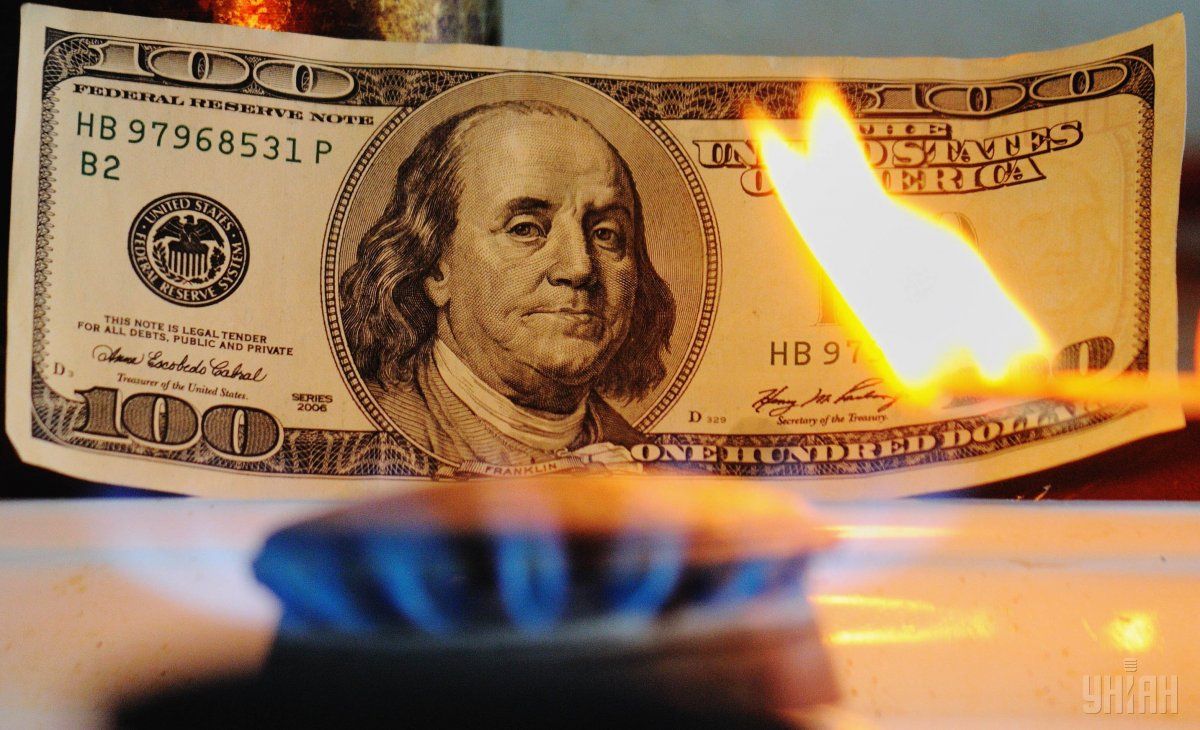
Naftogaz used the funds between July and September, but the EBRD loan option remains open until next year. And Naftogaz said that it plans to keep using it, particularly for the cold weather months, Forbes reports.
"The EBRD loan facility is not only an affordable resource to buy gas for the heating season but also an important factor of Naftogaz reform," CEO Andriy Kobolyev said. EBRD is monitoring the implementation of new standards in reporting, transparency, environmental and social responsibility in Naftogaz as part of its loan terms.
Ukraine used the last loan to buy 1.8 billion cubic meters of gas, most of it not Russian. All of the money found its way back into Europe, with Naftogaz contracting Swiss-based Axpo Trading Czech state-owned energy company CEZ; Engie of France; Eni Trading & Shipping from Italy; and German firms RWE Supply & Trading GmbH and Uniper Global Commodities all winning bids to supply and deliver gas to Naftogaz under the EBRD loan.
Read alsoEBRD forecasts Ukrainian economy to grow by 2% in 2017, 3% in 2018Russia used to be the largest supplier of natural gas to Ukraine. But over the last couple of years, Ukraine has diversified away from its core supplier, Gazprom, over pricing disputes that have required international arbitration. Russia and Ukraine are currently going through a bitter divorce. Since the ousting of president Viktor Yanukovych, Ukraine has tried to follow in the footsteps of Poland by leaning towards Europe rather than its old partner.
In retaliation, Russia took over the Crimean peninsula, which military observers say was a move by Vladimir Putin to secure its only warm water port should Ukraine join NATO. Later, ethnic Russians and Chechens, often backed by Russia's government, sought to isolate themselves from Kiev in eastern provinces known to be industrial hubs. The crisis has caused economic calamity in Ukraine and led to sanctions against Russia by the U.S. and Europe.
For its part, Russia is also diversifying away from Ukraine as its main transit route into Europe. Gazprom is building a pipeline into Europe via Turkey with BOTAS Petroleum, and is still looking to build the Nord Stream II pipeline through the Baltics with major European partners like Shell Oil.

